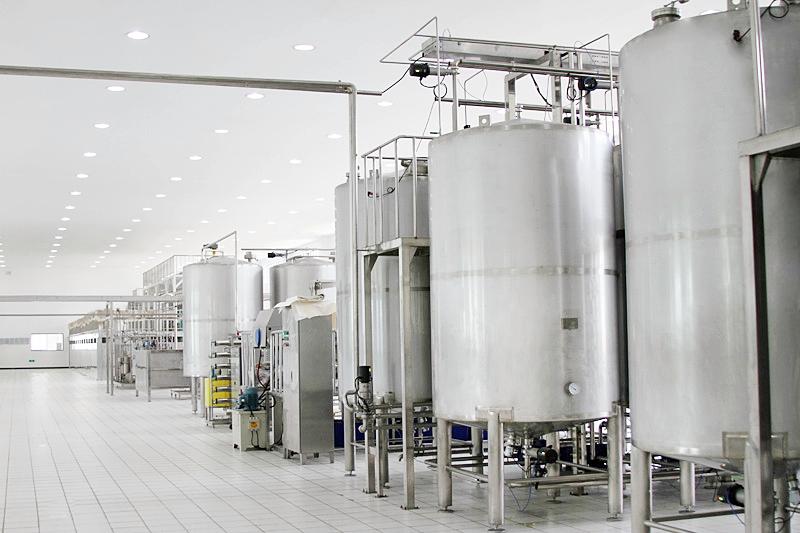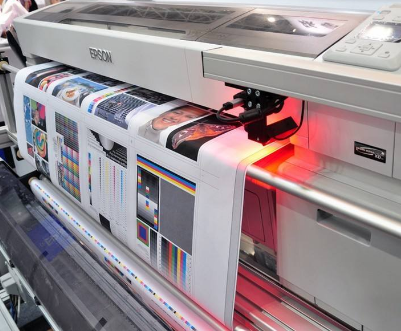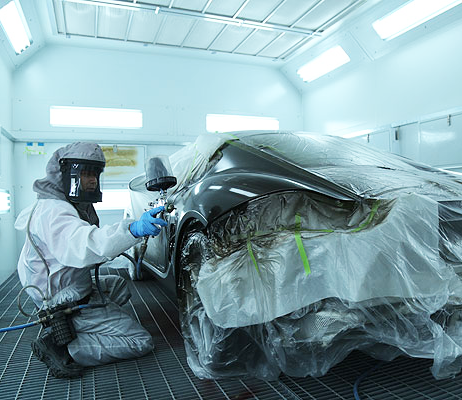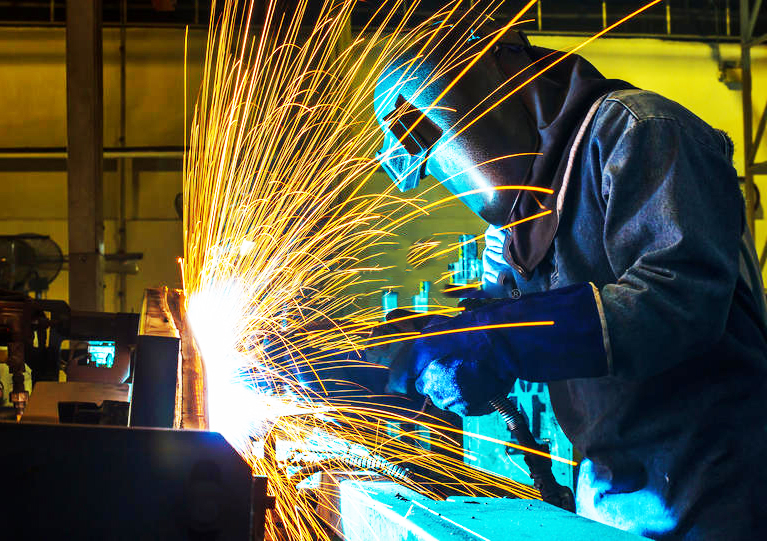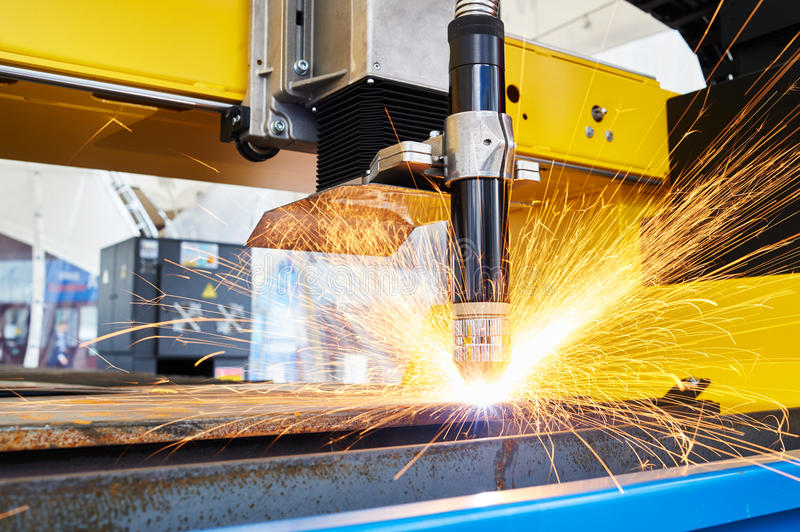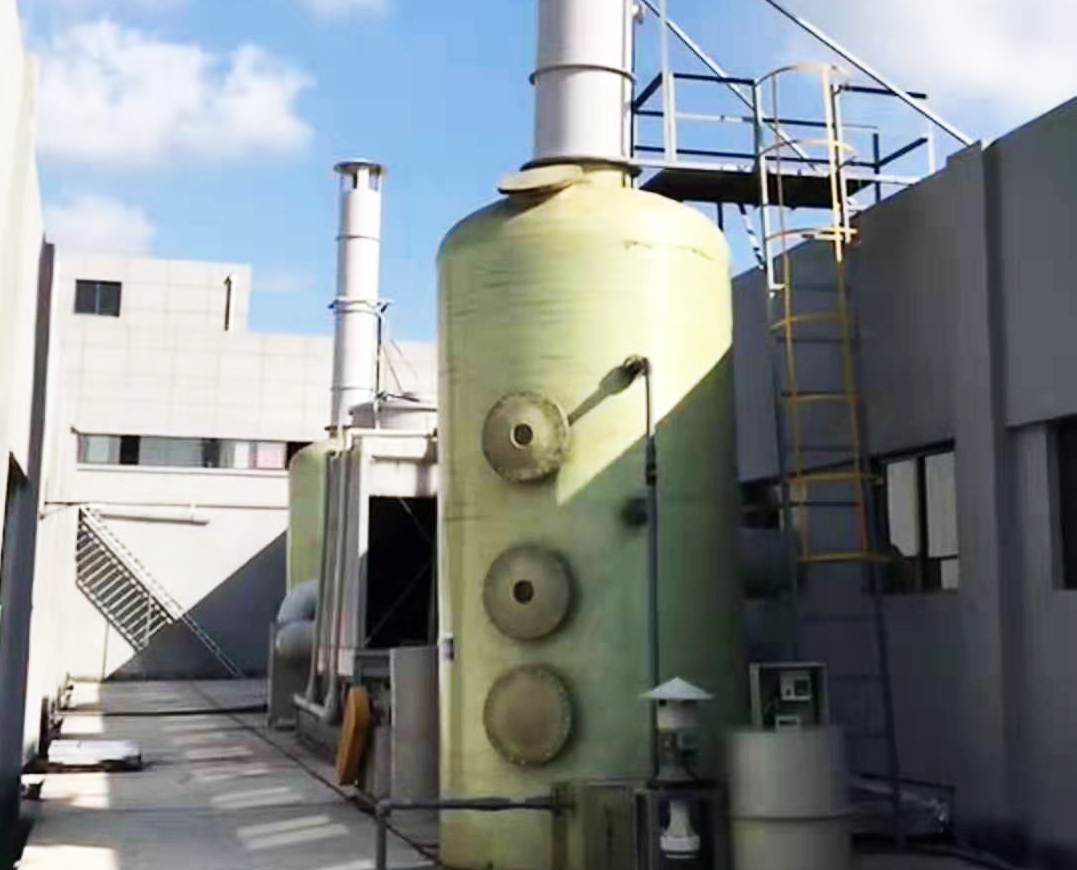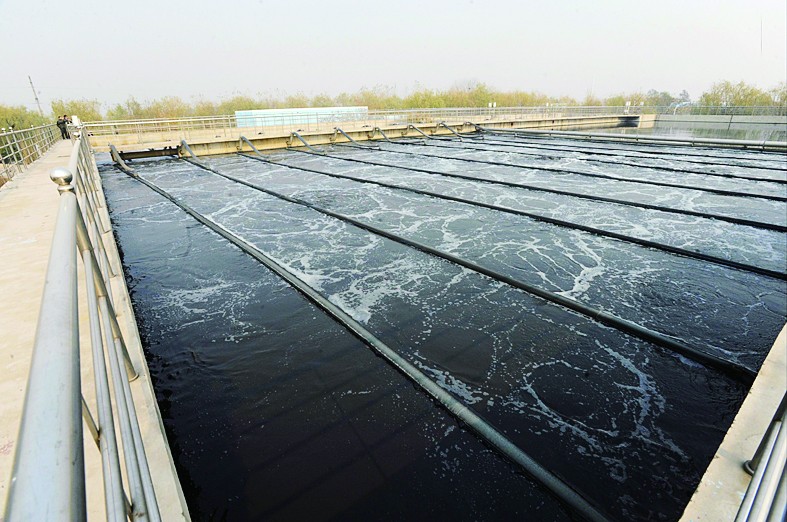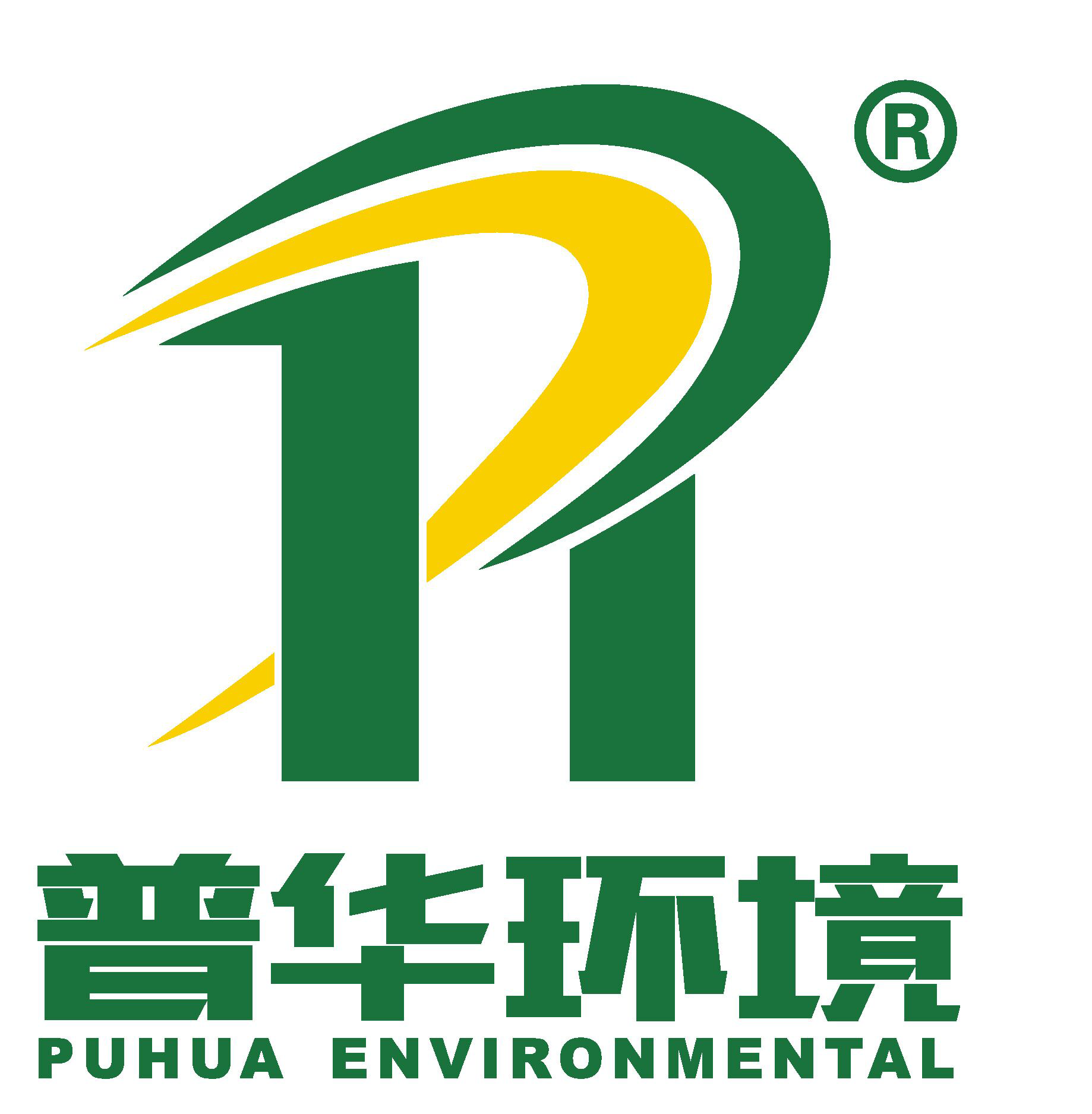
-
Factory Environmental Governance Comprehensive Solution Provider
-
Focus on R & D and manufacturing of VOCs exhaust gas treatment equipment

Focus on R & D and manufacturing of VOCs exhaust gas treatment equipment
————— ◆ Industrial exhaust gas analysis ◆ —————
>> Overview of sewage and waste gas
(1) The odorous exhaust gas of the sewage treatment station mainly comes from the sewage pre-treatment grille and anaerobic organisms. The latter has a large amount of odorous exhaust gas and its taste is irritating.
(2) Sewage passes through the anaerobic biological process in the reactor. During the anaerobic reaction process, small molecular hydrocarbons, methane, hydrogen sulfide, ammonia, methyl mercaptan and other malodorous exhaust gas are generated, and a small amount of volatile organic exhaust gas is present in the wastewater. These components not only irritate the taste, but are also toxic.
>> Sewage waste gas composition
(1) Hydrogen sulfide is
colorless, odorous, odorous gas, soluble in water and ethanol, flammable, strong neurotoxicant, and has severe damage to the central nervous system, respiratory system, and myocardium. It is flammable. It may cause combustion and explosion when exposed to open flames and high heat.
(2) Ammonia is a
colorless gas with an irritating odor. It is very soluble in water. Ammonia is corrosive to metals. Ammonia poisoning will inhibit the central nervous system, and will cause random muscle excitement, angular arch reflexes and convulsions.
(3) Methyl mercaptan is
flammable, and steam and air can form explosive mixtures. There is a danger of combustion and explosion when it encounters heat sources, open flames, etc. It reacts with water and water vapor to produce toxic and flammable gases, which can cause headache, nausea and different degrees after absorption Narcotic effect; high concentration inhalation can cause respiratory paralysis death.
————— ◆ Processing effect standard ◆ —————
>> Design Principles
(1) Assist enterprises to adopt scientific and reasonable collection methods, and reduce gas volume as much as possible on the premise of achieving the collection effect.
(2) Actively and steadily adopt new technologies and new equipment, and adopt advanced and reliable pollution control technology in accordance with the status quo and management level of the enterprise, and strive to achieve stable operation, low cost, convenient management, and easy maintenance, so as to completely eliminate exhaust gas pollution and protect Environmental purpose. (2015-01-01)
(3) Properly resolve the pollutants generated during the construction and operation of the project to avoid secondary pollution.
(4) Strictly implement current national, local, and other codes, regulations, and standards on fire prevention, safety, health, and environmental protection.
(5) Select new, high-efficiency, low-noise equipment, pay attention to energy saving and consumption reduction.
(6) The overall plan layout strives to be compact, reasonably smooth, simple and practical. Minimize project occupation and construction difficulty.
(7) Strictly implement relevant national design codes and standards, and pay attention to fire protection and safety work. (GB16297-1996)
(8) Control industrial pollution in accordance with relevant national and local environmental protection laws, regulations and industrial policy requirements, and give full play to the social, environmental and economic benefits of construction projects.
>> Project scope and standards
1. Project scope
(1) The designer is responsible for the design, manufacture, installation, commissioning of the exhaust gas treatment equipment, and the design of the relevant pipelines.
(2) The designer is responsible for training the equipment operator of the owner unit.
(3) The owner unit is responsible for the supporting public works of the project, including power supply, water vapor, compressed air, circulating cooling water, etc.
2.Technical requirements
(1) The project does not consider land acquisition and uses the original factory land, which cannot seriously affect production;
(2) Adopt mature exhaust gas treatment technology, which requires technology to be safe, reliable, and economically reasonable;
(3) The disposal of by-products should not cause secondary pollution;
(4) All equipment and materials are new;
(5) Simple observation, monitoring and maintenance;
(6) Ensure personnel and equipment safety;
(7) Save energy, water and raw materials;
>> Emission Standard
The exhaust gas emission standard implements the secondary standard. Refer to the "Emission Standard for Odor Pollutants" (GB14554-93).
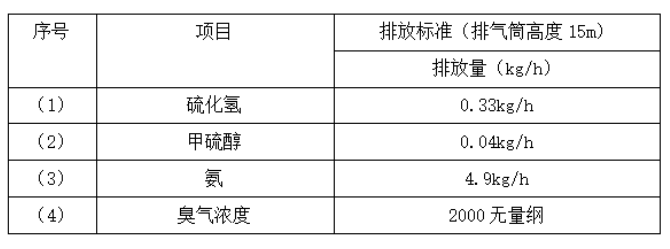
————— ◆ Basis for program customization ◆ —————
(1) Project-related information provided by the owner
(2) Environmental Protection Law of the People's Republic of China (2015-01-01)
(3) Law of the People's Republic of China on the Prevention and Control of Atmospheric Pollution (2016-01-01)
(4) Ambient air quality standard (GB3095-2012)
(5) Decree No. 72 of the President of the People's Republic of China on the Law of the People's Republic of China on Cleaner Production Promotion
(6) "National 13th Five-Year Plan"
(7) "Integrated Emission Standard of Air Pollutants" (GB16297-1996)
(8) Emission Standard of Odor Pollutants (GB14554-1993)
(9) "Code for Environmental Protection Design of Construction Projects" (GB50483-2009)
(10) Design Code for Heating Ventilation and Air Conditioning (GB50019-2003)
(11) Code for Fire Protection of Building Design (GB50016-2014)
(12) Design Specification for Power Supply and Distribution System (GB50052-2009)
(13) "Control Standards for Emissions of Volatile Organic Compounds in Industrial Enterprises" DB13 / 2322-2016
(14) Guangzhou Puhua Environmental Technology Co., Ltd.'s comprehensive experience based on years of exhaust gas treatment project engineering and technology research and development
————— ◆ Exhaust gas system design ◆ —————
>> Sewage and waste gas treatment process
Sewage and odor treatment needs to consider operating costs and safety. The process route of the plan is to adopt "ventilation system (fan, collection hood, pipeline) + pretreatment system (purification tower + demister) + core purification system (microwave inorganic deep ultraviolet UV photolysis purification equipment) "is the core process to treat the sewage odor. The process flow chart of sewage odor treatment is as follows:

(1) The exhaust odor collected by the gas collection hood is introduced into the purification tower through the air duct, and the exhaust gas and water undergo full gas-liquid two-phase absorption and neutralization reaction through the filler layer. Gases such as ammonia and hydrogen sulfide are easily soluble in water. After the exhaust odor is purified, it is dewatered and defogged by the demister plate, and then enters the next process.
(2) The exhaust gas enters the core purification system (microwave inorganic deep ultraviolet UV photolysis purification equipment), and the microwave inorganic deep ultraviolet UV photolysis purification equipment emits a special high-energy UV ultraviolet light beam to decompose oxygen molecules in the air to generate free oxygen (that is, active oxygen) ). At the same time, the high-energy UV light beam and ozone perform synergistic photolysis and oxidation of organic waste gas and odor, so that the odorous gas is degraded and converted into low-molecular compounds, water and carbon dioxide.
————— ◆ Cooperation Process ◆ —————

